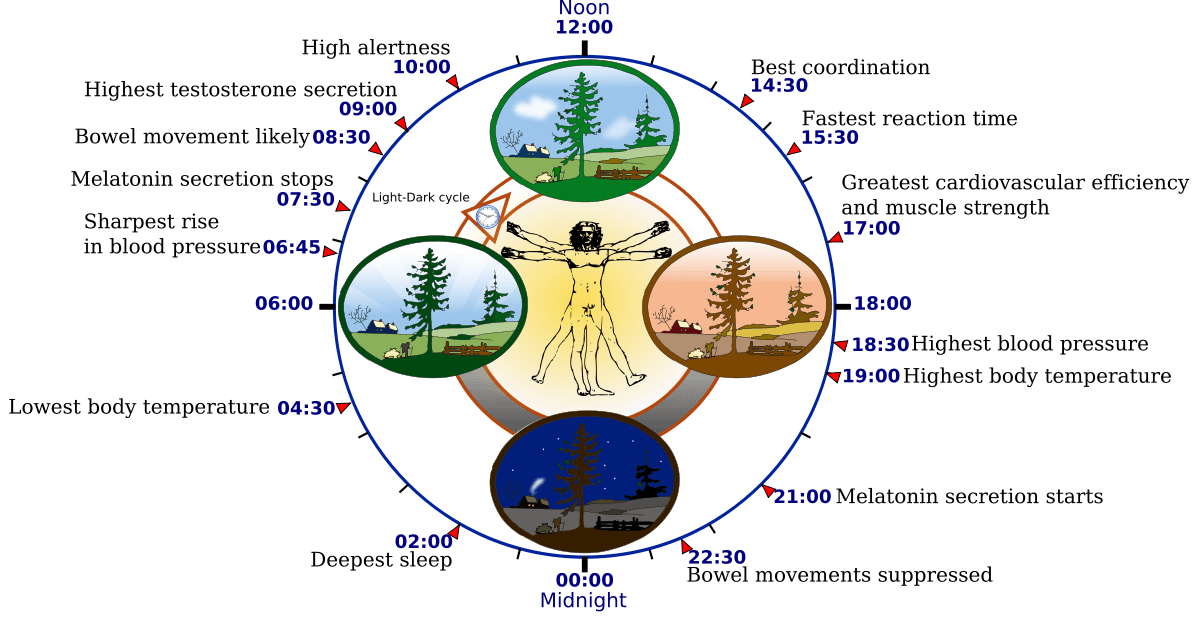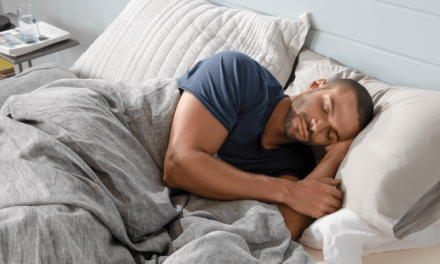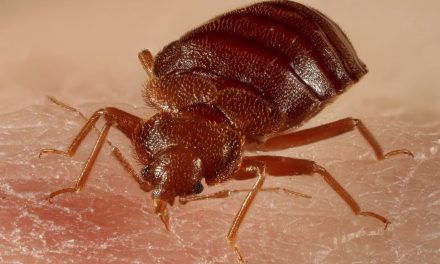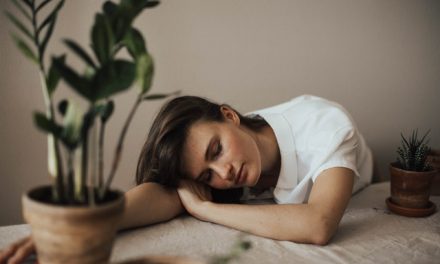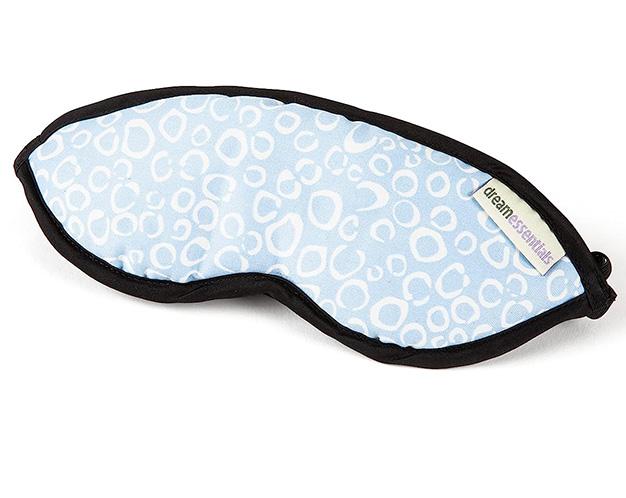Table of Contents
Sleep is one of the most crucial processes the human body requires to function, and it can greatly impact our physical and mental health. Without enough sleep, you can feel your body and mind physically trying to get to the rest it needs so badly. The repercussions of a lack of sleep can be quite detrimental if not addressed appropriately. One of the obvious effects of sleep deprivation is exhaustion, which comes with its own set of undesirable symptoms. Some less commonly known effects of a lack of sleep include irritability, weight gain, and a weakened immune system.
We may be able to mentally tell how much sleep we need each night and how we feel when we get just the right amount of sleep, just from experience. But how does the human body figure this out? Suppose we feel unusually exhausted after waking up. In that case, we can probably guess that we didn’t get enough sleep or even too much, but how does our physical body maintain this timekeeping regarding our physical processes? The answer to this will be explored in the rest of this article as we look into the amazing world of circadian rhythms.
What is Circadian Rhythm?
First, let’s define circadian rhythm, as this concept will be the bulk of what this article covers. The word circadian itself shines some light on its meaning. Its Latin roots are found in the word circa, which means “around”, and dies, meaning “day”. Since the earth is rotating, we experience different phases of light exposure, temperature change, and other variables in our natural environment. A circadian rhythm is defined as a change or series of changes within a living organism’s physical, mental, or behavioral state, which is dictated by a certain time of day. These changes are often triggered by different light levels in the organism’s environment, such as the change from night to day. A familiar example of this light-triggered circadian rhythm is sleeping at night and awake during the day.
This circadian rhythm is found in humans and most living animals, plants, and many microbes making it a crucial process to life on Earth. Depending on the organism, the rhythm will have different effects at different times, but the general concept is the same across the board.
Circadian rhythm on a cellular level
Circadian rhythm results from an oscillating process, which signifies something that repeats regularly. It involves different genes, the proteins they encode, and the surrounding environment. A gene is a section of DNA that serves as a code for producing different proteins. A protein is a molecule made of amino acids essential to the structure and function of cells, tissues, and organs. Some examples of proteins are enzymes and hormones. Mutations occur both naturally and unnaturally in genes, resulting in different types of proteins being produced. These different mutations result in the unique traits exhibited by different organisms. Some examples are different eye and hair colors and diseases such as sickle cell anemia. It could be said that genes are the blueprints, and proteins are the building blocks for a trait.
In the circadian rhythm, the gene period encodes a protein called PER. PER accumulates during sleep and is degraded or broken down throughout the day. Period and PER exist in what is called an inhibitory feedback loop. This means that the PER protein blocks the activation of the period gene, preventing any more PER from being made during the day until the already present PER is degraded enough for the period to continue its function. Because PER regulates its own production, the process oscillates in a cyclical pattern. However, PER is not able to complete this process alone. Another timeless gene encodes a protein called TIM, which binds with PER. The binding of these two proteins is how the period gene is blocked from producing more PER.
So now we know how these oscillations occur, but something is needed to determine the frequency of these oscillations. This is determined by the DBT protein produced by the double-time gene. The DBT protein is responsible for delaying the accumulation of PER, which allows the oscillation to match closely to a 24-hour cycle. These are just a few of the main proteins involved in maintaining the circadian rhythm on a cellular level. Other proteins are also used to control things like the stability and function of the rhythm and determine how light affects the circadian rhythm.
Circadian rhythm history
The concept of an internal biological clock has existed for some time. Since the 18th century, when astronomer Jean Jacques d’Ortous de Mairan found that mimosa plants open their petals to bask in the sun at dawn each day and close them at dusk, even when they are placed in a completely dark room with no visible sunlight.
So, where do these circadian rhythms come from? What is making these changes trigger when they do, and why? The answer is biological clocks, similar to but different from circadian rhythms. Biological clocks are composed of different proteins that interact in the tissue and organs of the animal, and these biological clocks are the components that make the circadian rhythm. There is even something called the master clock, or SCN (suprachiasmatic nucleus), which is a grouping of cells that coordinates all the activities of all the biological clocks found within an organism. The SCN makes sure they are all operating normally.
How these circadian rhythms are activated and controlled by their biological clock is dictated by sunlight and the organism’s exposure. The sunlight can either turn on or off a gene directly related to a biological clock, affecting the circadian rhythm.
More recent discoveries
In 2017, three American scientists discovered how these processes work and received the Nobel Prize in Physiology or Medicine. They used fruit flies, which possess common circadian rhythm processes found in many other animals, to isolate a crucial gene in the circadian rhythm process. The gene they isolated is responsible for encoding a protein that accumulates during sleep and is degraded during the day, along with many other proteins crucial to the rhythm process. These studies also revealed that the processes of circadian rhythms of flies and other animals function the same as the circadian rhythm in humans.
These changes that human bodies experience due to circadian rhythms allow them to physiologically adapt to what the environment requires throughout the day. These changes can affect our behavior, hormone release, body temperature, metabolism, and sleep.
How can Circadian Rhythms affect human health?
On the surface, the circadian rhythm of humans may not sound like something of great concern, considering it practically runs itself. Still, now that we’ve taken a closer look at the circadian rhythm and what it’s responsible for, we can start to see how things can quickly go wrong if a balance is not maintained.
Biological clocks running too fast or slow can interrupt an organism’s circadian rhythm. Some effects of an off-balanced circadian rhythm include changes in hormone release, digestion and eating habits, body temperature, and sleep, which will be discussed in more detail below. There have also been links between off-balance rhythms and chronic health conditions such as obesity, diabetes, depression, bipolar disorder, and seasonal affective disorder. Our lifestyle and habits can also become skewed by our inner clock and can cause negative effects as our body struggles to even itself out.
Studying the effects of the circadian rhythm and human health can lead to the discovery of new treatments for things like sleep disorders, mental health disorders, obesity, and other disorders. The research can also help some people adjust to a night work schedule or “graveyard shift”.
Circadian Rhythm and Sleep
Circadian rhythms are a huge factor in determining human sleep cycles and patterns. The master clock, or SCN, controls the release of melatonin, which is the hormone that makes you sleepy. The suprachiasmatic nucleus (SCN) receives information from our eyes about the light levels of our surroundings. When there is less light, the SCN triggers the release of melatonin in the human body. This process has become an important topic in studying how cell phone use in bed at night affects our health. The SCN is also responsible for helping wake the body up in the morning, raising the body’s temperature, and releasing cortisol into the body.
Also playing a role in the human sleep cycle is a process called sleep/wake homeostasis, which is responsible for telling us and our body that the need for sleep is getting greater and greater the longer we are awake and is also responsible for making sure we get enough sleep throughout the night. If we did not have a circadian rhythm, our sleep/wake homeostasis function would make us feel fully awake at the beginning of the day and get progressively more and more sleepy as the day progresses.
The role of sleep/wake homeostasis and our circadian rhythm work together to dictate how and when we sleep and how we feel throughout the day. Regarding its relationship with sleep/wake homeostasis, circadian rhythm dictates when we feel sleepy or alert throughout the day. For adults, our highest drive for sleep occurs between 2-4 am and 1-3 pm each day. The more restful sleep we have, the less we notice these periods of sleepiness, and the more sleep-deprived we are, the more tired we feel during these times.
Teens and circadian rhythm
Teens experience a sleep phase delay as they go through puberty, which means their circadian rhythm causes them to be more alert later at night, resulting in them being at risk for sleep deprivation since they have to get up early for school and are often involved in other extracurricular activities. The time at which teens feel the need for sleep can also be extended when they don’t get enough sleep.
Jet lag
The lack of balance between our rhythm and our surroundings can be experienced during jet lag, a common effect of traveling to a different time zone in a short time. For example, if you travel from Oregon to Maine, you will ” lose” three hours. This is because when you wake up at 9 am Maine time, your body will still be in Oregon time, and your body will function as though it is only 6 am, meaning you’ll probably be very exhausted until your circadian rhythm resets itself to your new surroundings.
The effects of jet lag can be felt without long-distance travel. This is often a result of irregular and insufficient sleep cycles caused by work, stress, and social activities.
Circadian rhythm sleep disorder
In this section, we’ll talk about a few of the most common disorders that result from irregular circadian rhythms. There are two categories of circadian rhythm sleep disorders: intrinsic and extrinsic. Intrinsic disorders refer to someone whose rhythm is off balance from the rest of society. This means they wake up and sleep either earlier or later than others or in fragmented periods. Extrinsic disorders occur when a person’s internal rhythm is normal, but their schedule, regarding things like school and work, prevents them from getting enough restful sleep.
- Shift work sleep disorder
- It occurs when someone has a normal circadian rhythm but works a job outside of a typical 9-5 schedule and is prevented from sleeping through a normal cycle. Over time, the person may be able to adapt their sleep schedule to their work, but those with rotating or changing shifts may have trouble doing so.
- This can result in insomnia or excessive sleepiness during the daytime
2. Non-24-hour sleep-wake syndrome
- This results from an out-of-sync circadian rhythm caused by light being unable to reach the suprachiasmatic nucleus (SCN), preventing the rhythm from being dictated by the light cycles it depends on.
- This causes the person to experience cycles longer than 24 hours, meaning their body shifts to later bedtimes every few days, resulting in them going to bed and waking up later and later each day.
- Common in blind people
3. Irregular sleep-wake Rhythm
- Individuals follow a pattern, meaning they need to sleep at various intervals throughout different times of night and day. These variations can change daily and usually add up to a full 7-9 hour sleep cycle.
4. Advanced sleep phase syndrome (ASPS)
- Feel the need to go to sleep and wake up about 2 hours earlier than the average person, and they still experience a full night’s rest
- Those who experience ASPS often complain of insomnia, insufficient sleep, and excessive daytime sleepiness and are at a higher risk for depression
- More common in elderly people
5. Delayed sleep phase syndrome (DSPS)
- Someone who stays up later but still requires the same amount of sleep as everyone else. This is often caused by a delayed release of melatonin into the system
- Most common in teenagers
There are a few treatment options for these disorders. Some behavioral treatments include maintaining regular sleep and wake times, regularly exercising, avoiding naps, avoiding nicotine and caffeine before bedtime, and controlling exposure to natural and artificial light.
Bright light therapy is also an option for treatment and involves exposing the eyes to certain light levels for a set amount of time, depending on the type of disorder. This exposure helps to reset the circadian rhythm.
There are also various medications that a doctor can prescribe to help with a sleep disorder.
How you can protect and maintain your circadian rhythm
1. Your mattress
We’ve talked a ton about the sleep process and the circadian rhythm’s involvement, but what about where you’re sleeping? This topic is largely focused on a biological process in your body. Still, we must remember that the environment your body is in plays a huge role in the success of your circadian rhythm, and your mattress is a part of that environment. It only makes sense that if you take care of your body during the day, you’ll need a mattress that can take care of it at night. Using a supportive, non-sagging, allergen-free mattress can greatly affect your health. By providing yourself with a comfortable place to rest and be supported, with no chemicals or allergens to disrupt your body’s internal processes, you can help yourself achieve the healthiest sleep possible!
2. Your actions
- You can take a few steps to ensure you are keeping your circadian rhythm healthy.
- Maintain regular wake and bedtimes to achieve a normal 24-hour cycle. Try to minimize the variation between these times to no more than 30 minutes. This allows your body to anticipate when to get ready to sleep or wake up.
- Synchronize your SNC to your surroundings by limiting light exposure before bed and getting bright light exposure as soon as possible when you wake up.
- Regulate disruptors such as only consuming caffeine early in the day, avoiding spicy food before bed, and regulating stimulating activities like working, exercising, or consuming media before bed.
- Try to maximize activities during the day, such as exercise and outdoor activities, and limit napping. This increases the differentiation between active and rest times throughout the day
Now you have all you need to know to maintain a normal and healthy internal circadian rhythm and achieve the full night’s rest you deserve!

